Introduction
Cherries, with their vibrant red hues and juicy flesh, are a delight to behold and savor. Whether enjoyed fresh, baked into pies, or turned into jams and jellies, cherries offer a burst of sweetness and a hint of tartness that tantalizes the taste buds. However, for some individuals, the natural acidity of cherries can be overwhelming, making the experience less enjoyable. If you find yourself longing for the sweet, juicy goodness of cherries without the sharp tang, this article is for you. We will explore various methods to reduce the acidity of cherries, transforming them into a delightful treat that suits your palate perfectly.
Understanding Cherry Acidity
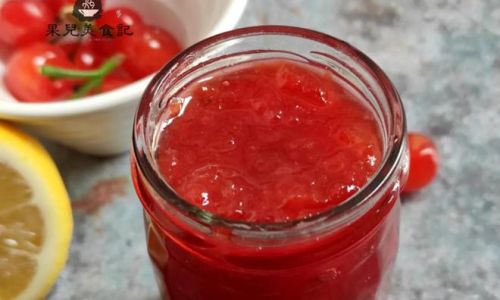
Before diving into the solutions, it’s crucial to understand what gives cherries their tart flavor. The acidity in cherries primarily stems from organic acids like malic acid, citric acid, and tartaric acid. These acids contribute to the fruit’s overall taste profile, providing a balance between sweetness and tartness. While some people appreciate the tangy kick, others prefer a milder, sweeter experience.
Selecting the Right Cherries
The first step in reducing cherry acidity is to start with the right variety. Different cherry species and cultivars vary in their acid content. Sweet cherries (Prunus avium), for instance, are generally less acidic than tart cherries (Prunus cerasus). Within these categories, there are further variations. For example, Bing cherries are known for their sweetness, while Montmorency cherries are notably tart.
When shopping for cherries, look for varieties labeled as ‘sweet’ or those with a lower acid content. If you’re unsure, asking the vendor or checking online for reviews can provide valuable insights. Remember, the fresher the cherries, the better they retain their natural sweetness, making it easier to manage their acidity.
Pre-Treatment Techniques
-
Blanching
Blanching cherries involves immersing them in boiling water for a brief period, followed by an ice bath to stop the cooking process. This technique helps soften the fruit, making it easier to remove the pits and can also slightly reduce acidity by leaching out some of the soluble acids. However, be cautious with blanching times as overcooking can lead to loss of texture and flavor.
-
Soaking
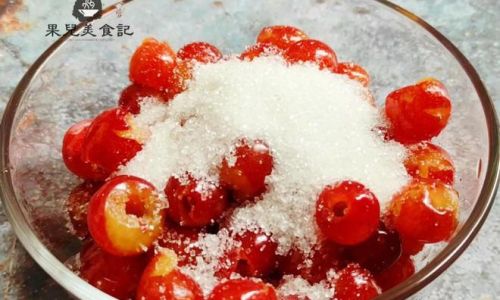
Soaking cherries in water overnight can draw out some of their natural acids. Change the water a few times during the soaking period to ensure maximum acid removal. This method is gentle and preserves the cherries’ integrity but may require longer to achieve significant results.
-
Sprinkling with Baking Soda
A light dusting of baking soda (sodium bicarbonate) on cherries before cooking can neutralize acids. Baking soda reacts with acids to produce carbon dioxide and water, thereby reducing the overall acidity. However, use this method sparingly as too much baking soda can alter the flavor and texture of the cherries.
Cooking and Preparation Methods
-
Adding Sugar
One of the simplest ways to counter cherry acidity is by adding sugar. Sugar not only enhances sweetness but also helps balance out the tartness. The amount of sugar needed depends on your personal preference and the acidity level of the cherries. Start with a small amount and adjust according to taste.
-
Using Honey or Maple Syrup
For a more natural sweetness, consider using honey or maple syrup instead of refined sugar. These natural sweeteners add a unique flavor profile and can further enhance the cherries’ taste. As with sugar, adjust the quantity based on your desired sweetness level.
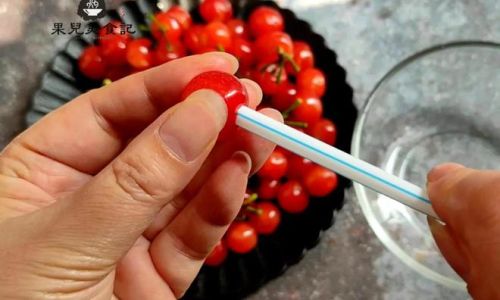
-
Cooking with Acid Reducers
During the cooking process, incorporating ingredients like potato starch, cornstarch, or arrowroot powder can help thicken the mixture and slightly reduce perceived acidity by creating a smoother, more balanced taste. These starches absorb excess acids, contributing to a more pleasant mouthfeel.
-
Adding Fat
Fat, such as butter or coconut oil, can also help mitigate acidity. When added to cherry recipes, fat coats the taste buds, reducing the perception of tartness. Be mindful of the quantity used, as too much fat can overpower the cherries’ delicate flavors.
Post-Cooking Adjustments
-
Chilling
After cooking, chilling cherries can further reduce their perceived acidity. Cold temperatures dull the taste buds’ sensitivity to acidity, making the cherries taste sweeter. This is why chilled cherry desserts often taste less tart than those served at room temperature.
-
Pairing with Complementary Ingredients
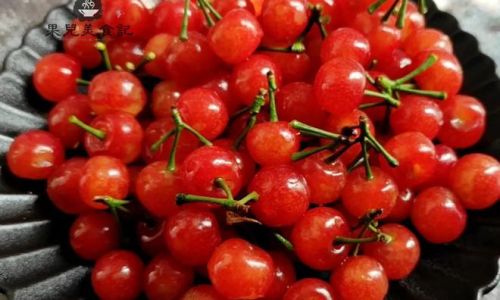
Combining cherries with ingredients that naturally balance acidity can enhance their overall flavor. For example, almonds, vanilla, and cream all have a soothing effect on tartness. Experimenting with different combinations can lead to delightful discoveries.
-
Using Acid Buffers
If you’re still struggling with acidity, consider adding a pinch of salt or a small amount of baking soda directly to the cooked cherries. Salt enhances sweetness perception, while baking soda continues to neutralize acids. Again, use these sparingly to avoid altering the cherries’ intended flavor.
Conclusion
In conclusion, reducing the acidity of cherries is a multi-faceted approach that involves careful selection, thoughtful preparation, and strategic cooking techniques. By understanding the sources of cherry acidity and employing a variety of methods, you can transform tart cherries into a sweet, delightful treat that suits your taste preferences. Whether you’re making a cherry pie, a batch of cherry jam, or simply enjoying cherries fresh off the stem, these tips will help you enjoy the fruit’s juicy goodness without the overwhelming tang.
Remember, the key to success is experimentation and patience. Each cherry variety and recipe responds differently to acid-reducing techniques, so take your time to find the perfect balance for your palate. With a bit of practice, you’ll be able to enjoy cherries in all their forms, without the worry of their natural tartness overpowering your senses. Happy cooking!


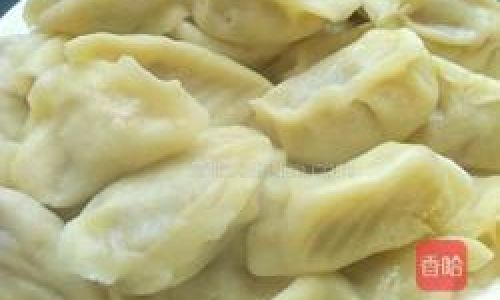

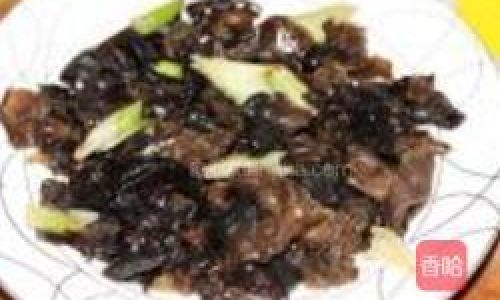

0 comments